Apple, the tech giant known for its innovation and sleek designs, has once again taken the smartphone industry by storm. The company recently announced the release of its latest iPhone model, which promises to push the boundaries of technology even further. Packed with cutting-edge features and advancements, this new iPhone is set to redefine the smartphone experience for users worldwide.
Enhanced Performance and Design
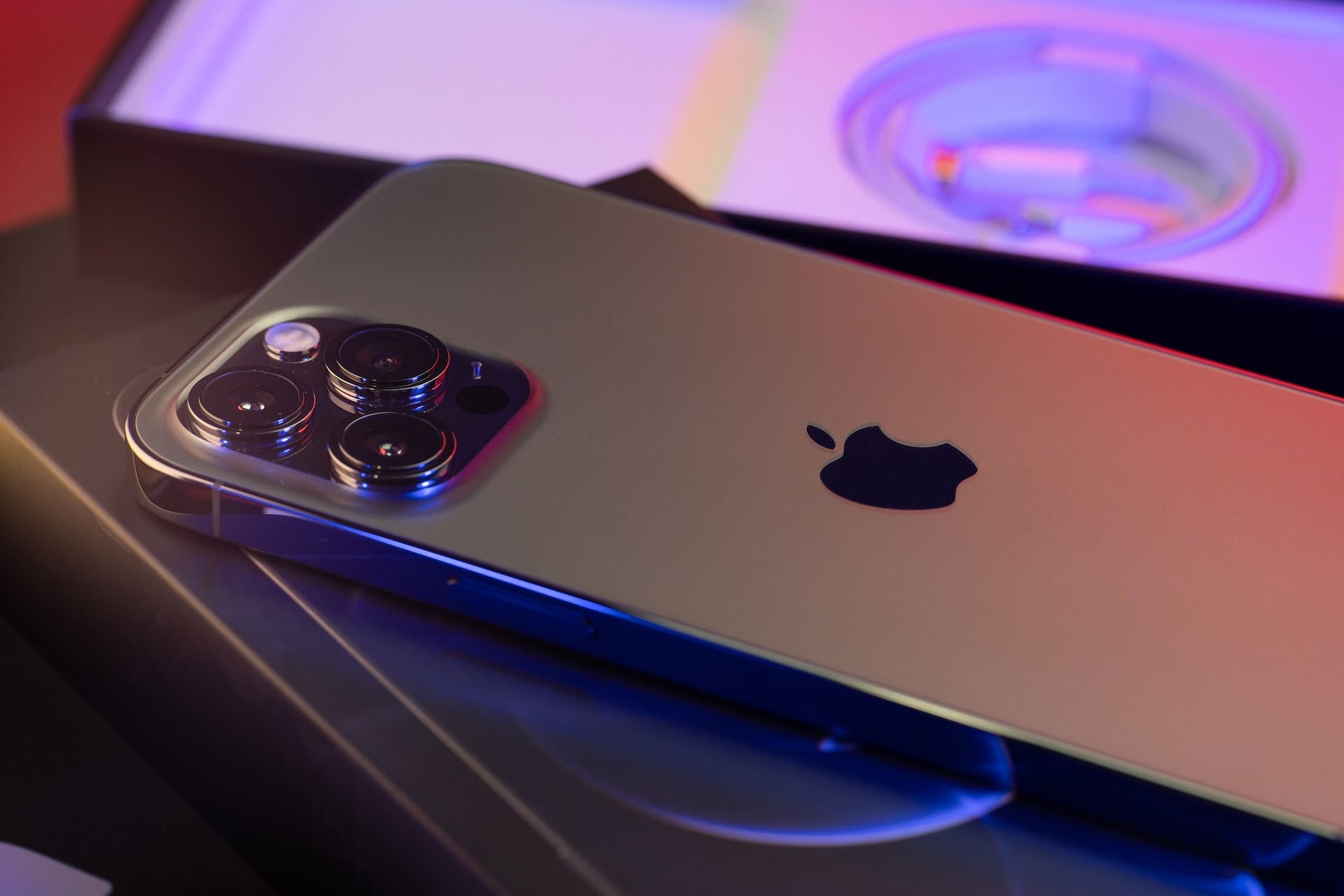
Revolutionary Camera System
A revolutionary camera system refers to a significant breakthrough or advancement in the technology and capabilities of a device’s camera. In the context of the latest iPhone model, a revolutionary camera system indicates that Apple has introduced groundbreaking features and improvements that set a new standard for smartphone photography.
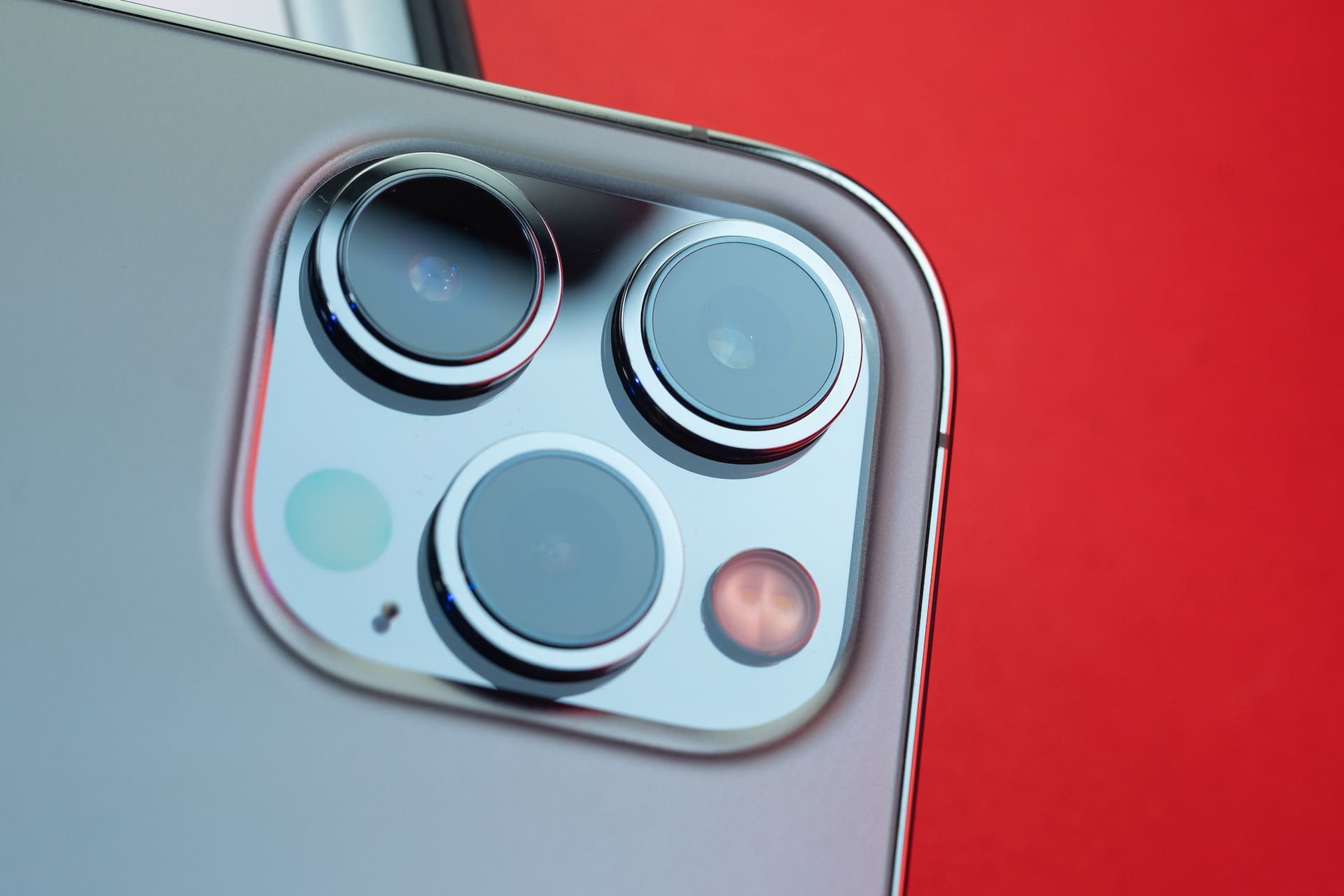
This camera system may incorporate a combination of hardware enhancements, such as larger sensors, improved lenses, and advanced image signal processors, along with sophisticated software algorithms and computational photography techniques. The aim is to provide users with a camera that delivers exceptional image quality, advanced low-light performance, and innovative features that were previously unseen or uncommon in smartphone photography.
A revolutionary camera system may include features like enhanced image stabilization, improved dynamic range, increased megapixel count, faster autofocus, and advanced zoom capabilities. It may also introduce new shooting modes, specialized shooting capabilities (such as macro or night mode), or unique software features that enhance the overall photography experience.
By introducing a revolutionary camera system, Apple aims to empower users to capture stunning photos with exceptional detail, vibrant colors, and enhanced clarity, even in challenging lighting conditions. The goal is to provide users with a camera that rivals or surpasses the capabilities of dedicated digital cameras, allowing them to unleash their creativity and capture professional-grade photos directly from their iPhone.
Innovative Biometric Security

Innovative biometric security refers to the implementation of advanced and cutting-edge technologies that utilize unique physiological or behavioral characteristics of individuals for authentication and security purposes. Biometric security systems are designed to provide a higher level of protection by verifying a person’s identity based on their distinctive biological or behavioral traits.
In the context of the latest iPhone model, innovative biometric security indicates that Apple has incorporated state-of-the-art techniques and technologies to enhance the security of the device. This typically involves the integration of multiple biometric authentication methods for user identification and device access.
The most common biometric security features found in smartphones include:
Innovative biometric security can go beyond these traditional methods and may include additional technologies such as:
By incorporating innovative biometric security features, Apple aims to provide users with seamless, reliable, and highly secure methods of unlocking their devices and accessing sensitive information. These advancements ensure that only authorized individuals can gain access to the iPhone, enhancing overall device security and protecting user privacy.
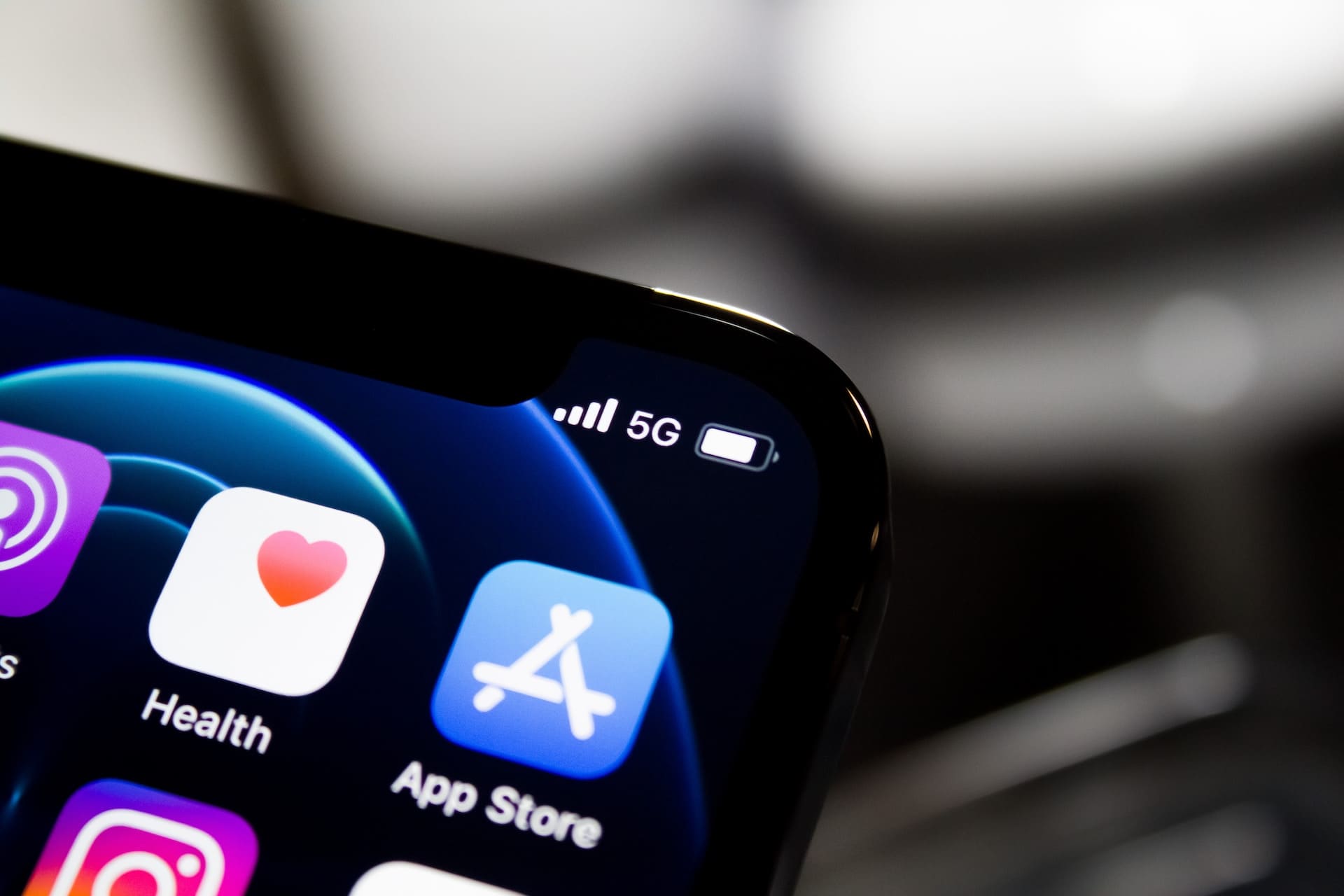
5G Connectivity
5G connectivity refers to the fifth generation of wireless technology for cellular networks. It represents a significant leap forward in terms of speed, capacity, and reliability compared to previous generations like 4G LTE.
5G is designed to deliver faster download and upload speeds, lower latency, and greater network capacity, revolutionizing the way we connect and communicate.
The key characteristics of 5G connectivity are:
The implementation of 5G connectivity in smartphones, such as the latest iPhone model, allows users to experience lightning-fast download and upload speeds, seamless streaming, real-time gaming, and improved overall connectivity. It opens up new possibilities for mobile experiences, enabling innovative applications and services that leverage the power of high-speed, low-latency networks.
Extended Battery Life and Sustainable Design
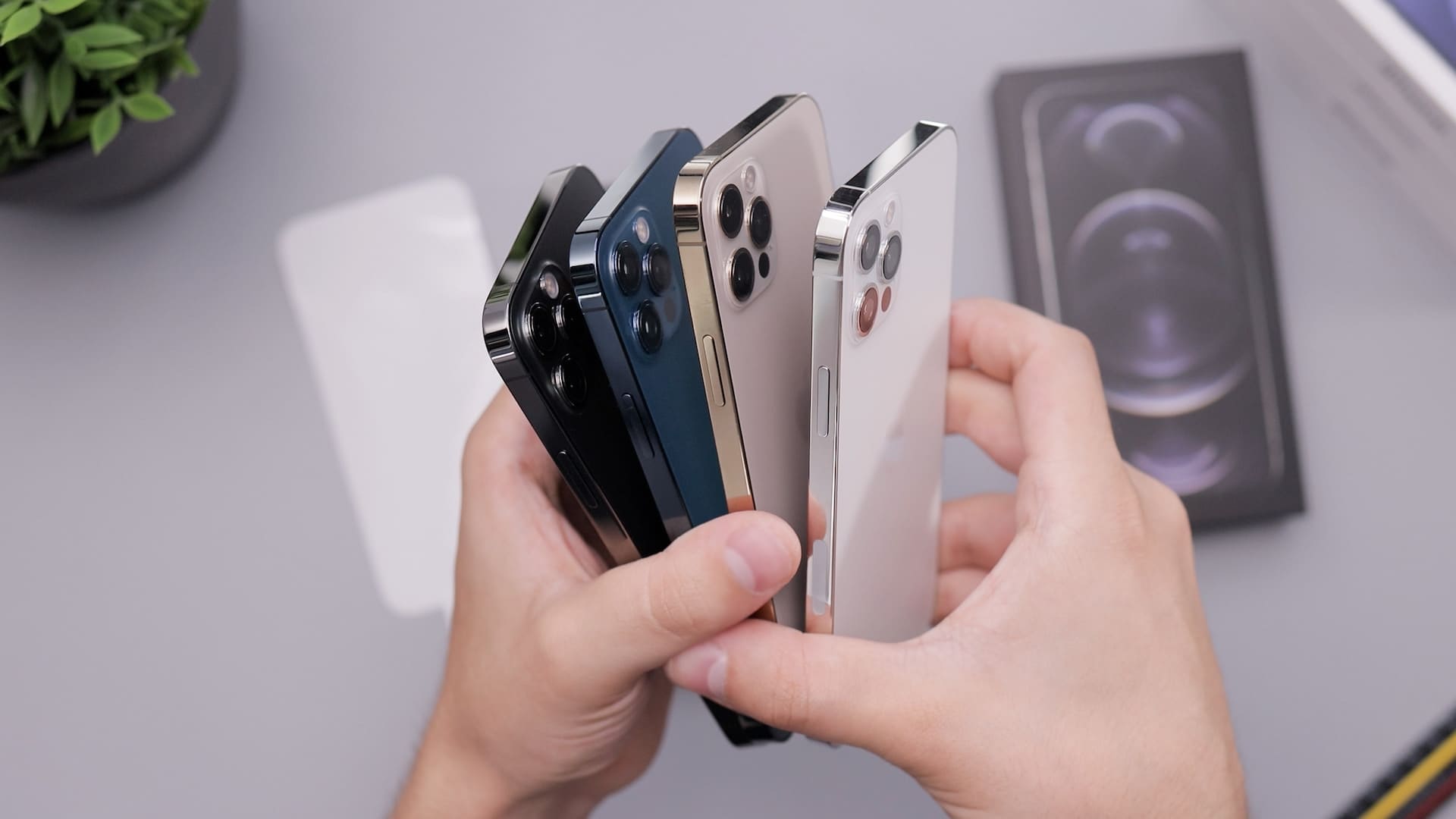
Extended Battery Life
Extended battery life refers to the ability of a device, such as a smartphone, to operate for an extended period on a single battery charge. It indicates improvements in energy efficiency, power management, and battery technology that allow the device to last longer before requiring recharging.
In the context of the latest iPhone model, extended battery life means that Apple has implemented optimizations and advancements to maximize the device’s battery performance. This can include enhancements in hardware, software, and operating system-level optimizations to reduce power consumption and prolong battery life.
Efforts to extend battery life may involve the development of more energy-efficient processors, improvements in display technology to reduce power consumption, intelligent power management algorithms that optimize performance based on usage patterns, and fine-tuning of background processes to minimize unnecessary battery drain.
By providing extended battery life, Apple aims to enhance user convenience and productivity by reducing the need for frequent charging and ensuring that the device can sustain a full day of usage under typical conditions.
Sustainable Design
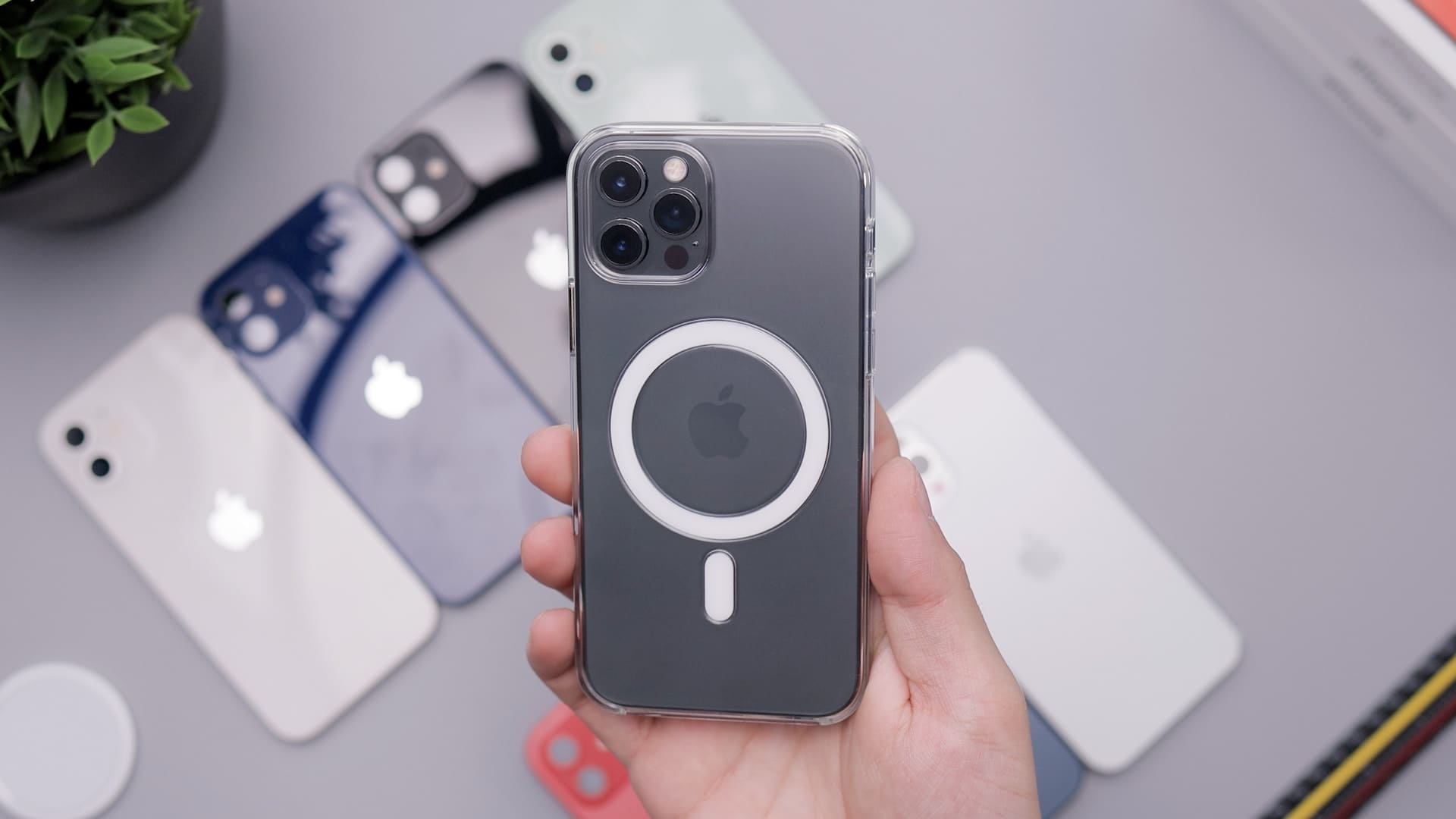
Sustainable design, also known as eco-design or green design, refers to the practice of incorporating environmentally friendly principles into the design and manufacturing processes of a product. It involves minimizing negative environmental impacts, conserving resources, and promoting sustainable practices throughout the product’s lifecycle.
In the context of the latest iPhone model, a sustainable design means that Apple has taken steps to reduce the environmental footprint of the device. This can include:
By integrating sustainable design practices, Apple aims to minimize the environmental impact of its products, contribute to a more sustainable future, and meet the increasing demand for environmentally conscious consumer electronics.
Apple’s latest iPhone model has once again raised the bar for the smartphone industry, combining cutting-edge features, powerful performance, and elegant design. With enhanced cameras, innovative biometric security, 5G connectivity, and improved battery life, this new iPhone is poised to revolutionize the way we interact with our devices. As users eagerly anticipate its release, Apple continues to solidify its position as a frontrunner in the ever-evolving world of technology.


